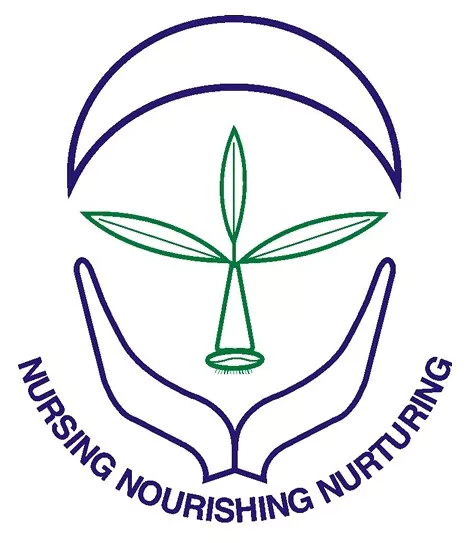Boron
Role of Boron
Very important in cell wall synthesis, Water vascular systems and stability of the link between cellsSoils in which deficiency is prominent
Boron deficiencies are mainly found in acid, sandy soils in regions of high rainfall, and those with low soil organic matter.Effects of Deficiency
Inhibition of metabolism of Carbohydrate, Retarded growth, Reduction in fruit setting.Symptoms of Deficiency
Boron is vital to flower formation, fruit set and development, a decrease in B supply during these critical stages can result in decreased yields. The first B-deficiency symptoms appear before bloom on the shoot tips and on stalks of inflorescence, with dark, knotty bulges forming and becoming necrotic, as well as shortened internodes. Flower clusters may die. Younger internodes may swell and darken during rapid shoot growth. Older internodes develop swellings with deep folds and pits, which are the most characteristic B-deficiency symptoms. Leaves may have short, thick petioles with necrotic spots.A primary function of boron is related to cell wall formation, so boron-deficient plants may be stunted. Sugar transport in plants, flower retention and pollen formation and germination also are affected by boron. Seed and grain production are reduced with low boron supply. Boron-deficiency symptoms first appear at the growing points. This results in a stunted appearance (rosetting), barren ears due to poor pollination, hollow stems and fruit (hollow heart) and brittle, discolored leaves and loss of fruiting bodies. Borate ions are mobile in soil and can be leached from the root zone. Boron deficiencies are more pronounced during drought periods when root activity is restricted.Boost Your Crop Productivity Today!
Explore our range of high-quality specialty fertilizers and plant nutrients to enhance your crop quality and yield.
